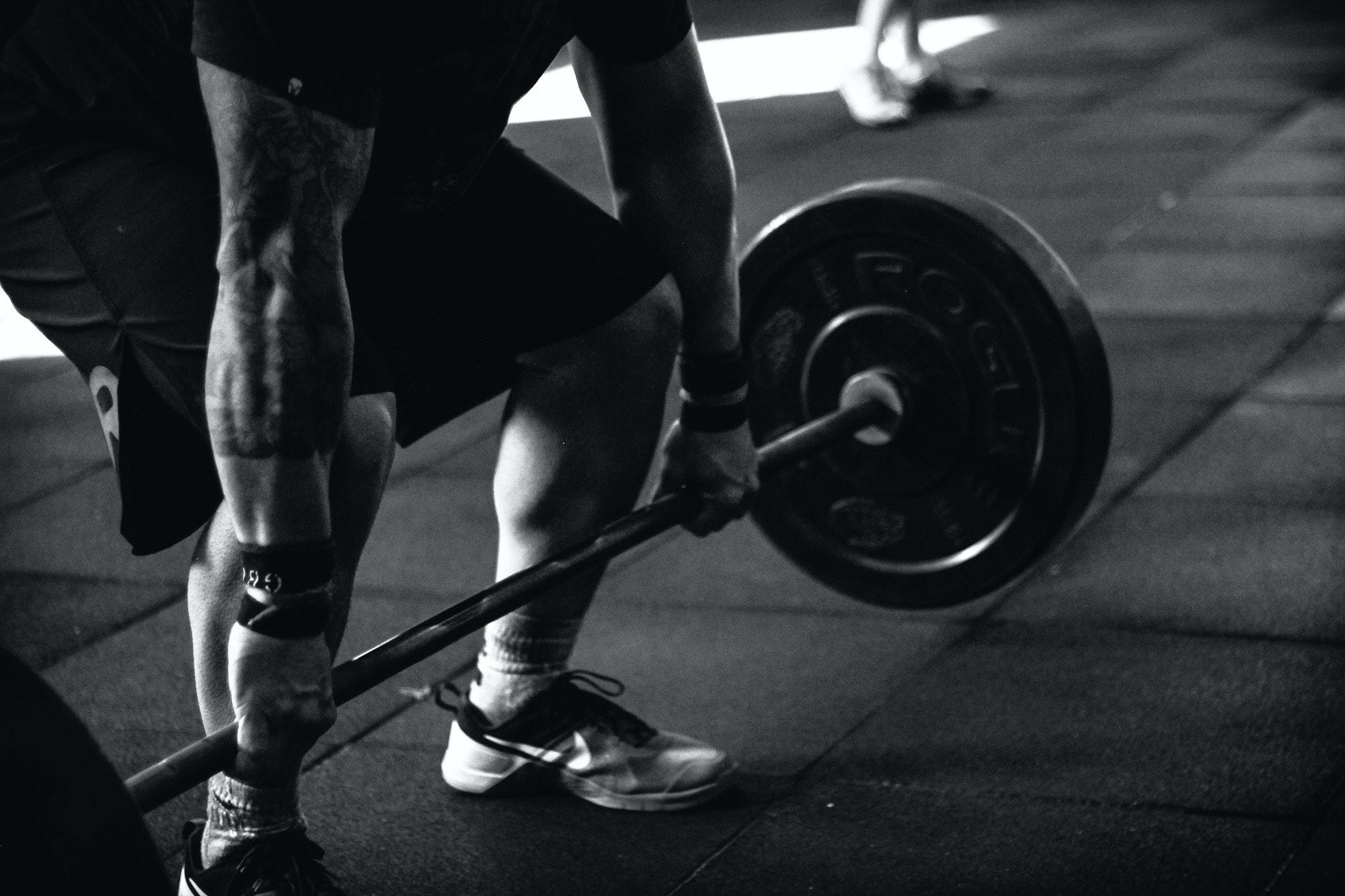15 Jul


Bulk Up With The Science Of Bodybuilding
Building muscle isn’t random. Usually, it’s the outcome of working out and eating healthy. Even then, anyone can use a gym, pick up random weights, follow a diet without any goal plan, and still end up with some level of muscle growth. However, the likelihood of bulking up randomly with consistent results is unlikely.
Studies prove that bulking up is a far more effective way to improve muscle gain and would spare you time and effort.
Bulking Up: What is it?
Bulking is a popular terminology in the world of bodybuilding, stretching back to its earliest years. In simple terms, bulking up refers to purposefully eating beyond the allowable limit to put on weight. It’s likely you’ve heard a bodybuilder say they want to bulk up and start adding weight. The goal is to build muscle and is different from when a random Joe smacks their lips and wolf down two large pizzas to “bulk up.”
In bodybuilding, bulking up involves dedicating specific times to intentionally adding weight. By doing so, the bodybuilder improves muscle mass ahead of the training period, when they tone their muscles back into shape. But why eat above their caloric needs or allowable limits? Simple: your body won’t grow bigger when you work out. If anything, you become leaner and smaller. So, you’ll have to gain reasonable weight for bigger and more pronounced muscles.
During bulking, body fat accumulates as you eat more. Then comes the period after bulking: cutting. The fat loss stage is where bodybuilders gradually reduce their food intake and resume aerobic exercises to shed excess body fat accumulated during the bulking stage. This leads to better muscle toning and mass.
The cutting stage is the opposite of the bulking stage because bodybuilders consume fewer calories than normal, which is counterintuitive to building muscle. But after bulking, the goal is to tone and maintain new muscle mass. So, cutting is necessary.

The Science Behind Bulking
There’s a general misconception that lifting heavier weights over time will help you bulk up. That’s not the case. The muscle gains from just increasing your weight load pale compared to gaining weight.
When you eat beyond your caloric needs, the excess energy derived from the food is sent to the muscles and liver for storage, leading to higher muscle mass. This is how bulking works.
How to Bulk Up
While bulking up seems relatively straightforward, it can go wrong if not carefully formulated. Here are some helpful tips:
Start Lean
You want to have a lean body before embarking on bulking for many reasons. Firstly, and the most obvious reason, is that you’ll put on weight. And while this could scare some people, it’s a normal part of the process. The upside is that all that fat will be gone when you start cutting and working out again. Beginning bulking without a lean body makes losing fat much harder and could result in unpleasant situations.
Don’t Gain Weight Rapidly
Gaining weight is the easiest thing for many people. And some may get carried away with overeating. Bulking doesn’t mean carelessly stuffing your face with anything that tastes and smells delicious. No. That’ll make the cutting process much harder. All you need for muscle gains is a 10 to 20% increase in your caloric limit. This is one situation where more isn’t better.
Monitor Your Food Intake
You want to ensure that your food is made up of quality macronutrients or macros. The body requires nutrients in large doses, like fats or lipids, proteins, and carbohydrates. Failing to track what and how much you eat could lead to undereating or overeating—none of which are good for building muscle. You will eat just enough to avoid either circumstance by tracking your meals.
